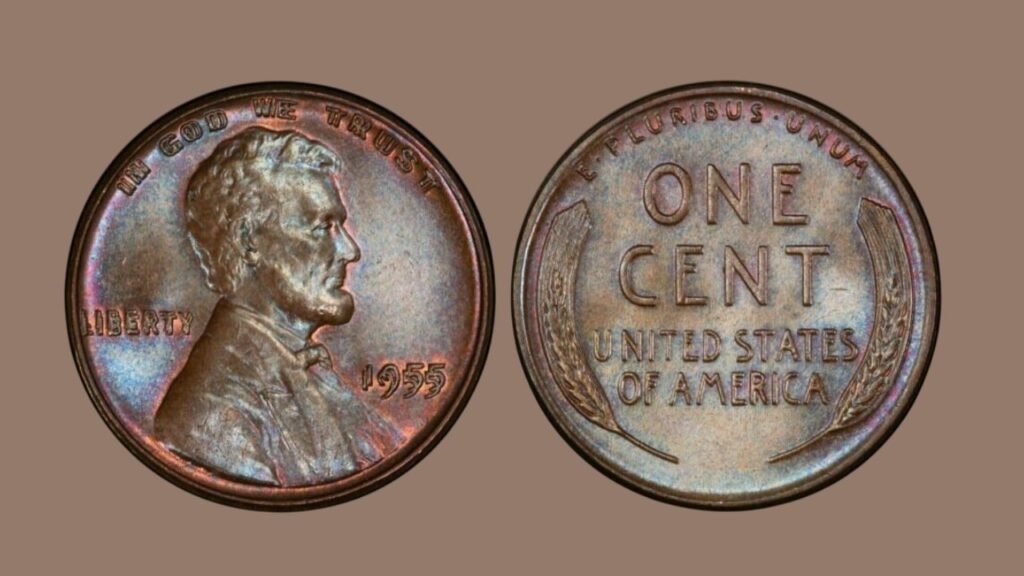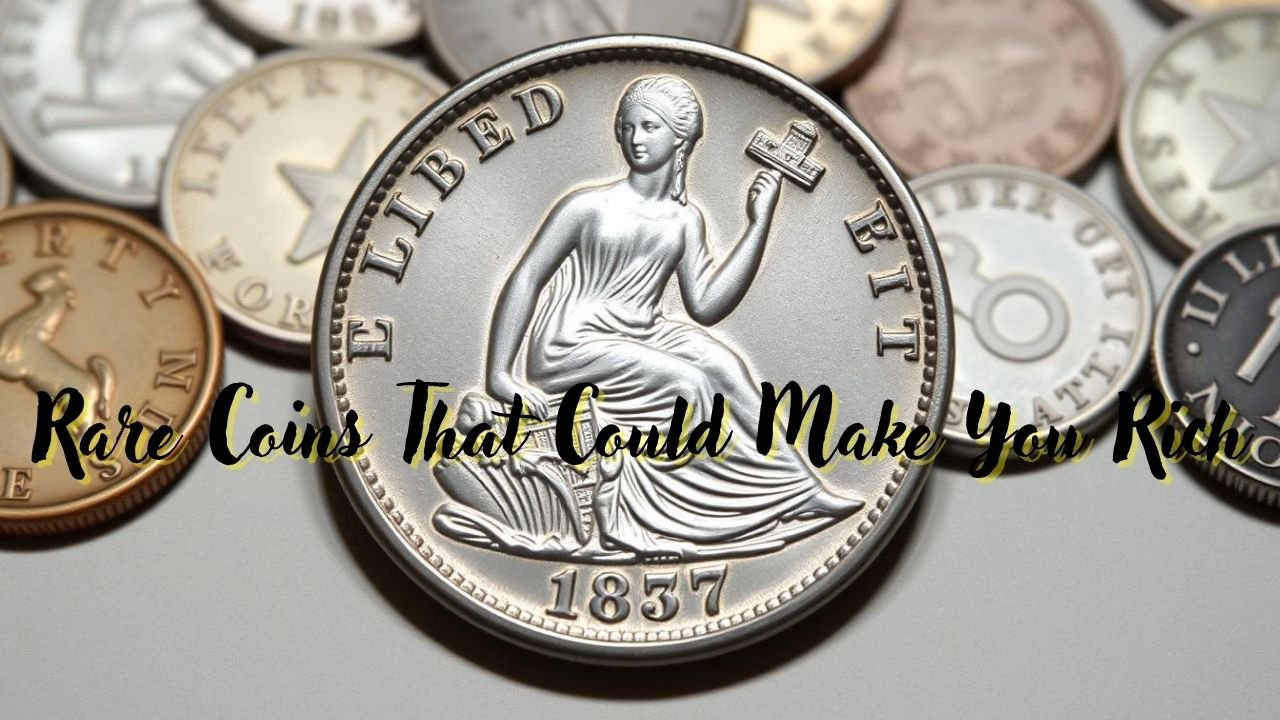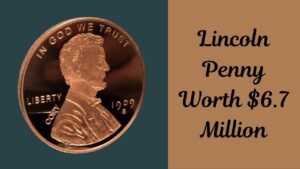Sometimes treasure doesn’t lie deep underground—it might simply be sitting in your pocket or antique coin jar. Over the years, certain U.S. coins have become quite treasured due to rare minting errors, constrained manufacturing, or historic importance. Collectors are willing to pay thousands or maybe tens of millions for those rare reveals. Here are three coins you ought to check for these days that might flip your spare exchange into a small fortune.
1. 1943 Copper Penny
During World War II, the U.S. Mint switched from copper to zinc-lined metal to store copper for army use. However, a few 1943 pennies have been by chance struck in copper, growing one of the most famous minting mistakes in records. If you find a 1943 penny that sticks to a magnet, it’s metallic—and not unusual. But if it doesn’t stick, you may have the rare copper version.
- Estimated Value: Between $100,000 and $1.7 million, depending on condition.
- Pro Tip: Look for signs of genuine aging and get it verified by a reputable coin grading service before selling.
2. 1955 Doubled Die Penny

This coin is legendary among collectors because of a clear doubling of the date and inscriptions like “LIBERTY” and “IN GOD WE TRUST.” The error occurred when the coin die struck the design slightly off-center, creating the doubled image effect.
- Estimated Value: A properly-preserved 1955 Doubled Die Penny can fetch among $10,000 and $100,000 at public sale.
- How to Spot It: Look for obvious doubling at the front text, mainly across the date and lettering.
3. 1976 Bicentennial Quarter (Special Error Versions)
Look for obvious doubling at the front text, mainly across the date and lettering.
- Estimated Value: Depending on rarity and condition, these coins can variety from $5,000 to $400,000.
- Tip: Check the mint mark and search for “S” (San Francisco) or any symptoms of rare coloring or thickness.
Conclusion
Before tossing your spare change into a vending gadget or coin jar, take a second to look closer. That antique penny or area may be really worth some distance more than its face value. Rare coins like the 1943 Copper Penny, 1955 Doubled Die Penny, and 1976 Bicentennial Quarter remind us that history and value can conceal within the maximum regular places. So pass ahead, take a look at your pocket—you would possibly just strike gold in copper and silver form!
FAQ’s
Where can I promote rare coins?
You can sell them through coin shows, online marketplaces (like eBay), or licensed public sale houses specializing in rare forex.
How can I tell if my coin is valuable?
Look for minting errors, unusual colors, or doubling in the layout. It’s satisfactory to have rare-searching coins appraised by a professional grading provider like PCGS or NGC.
Which coin collectors pay the most?
Collectors and auction houses dealing in U.S. mint errors and historical coins usually offer the best prices for verified rare coins.

